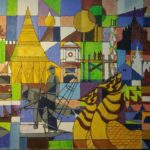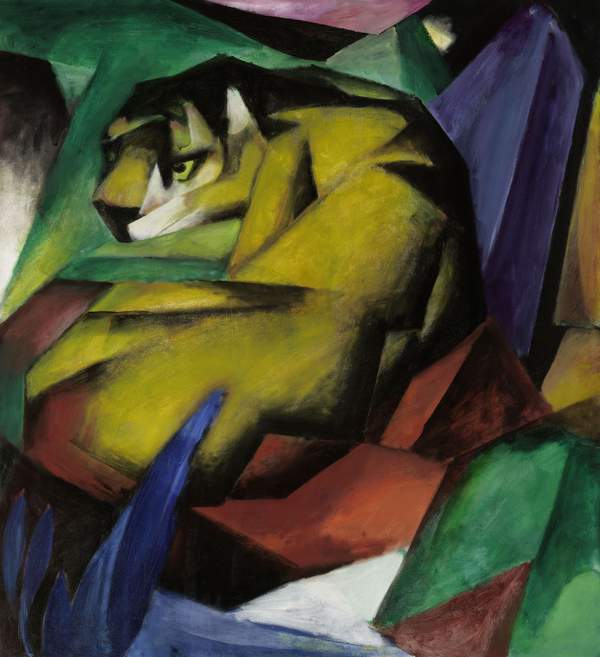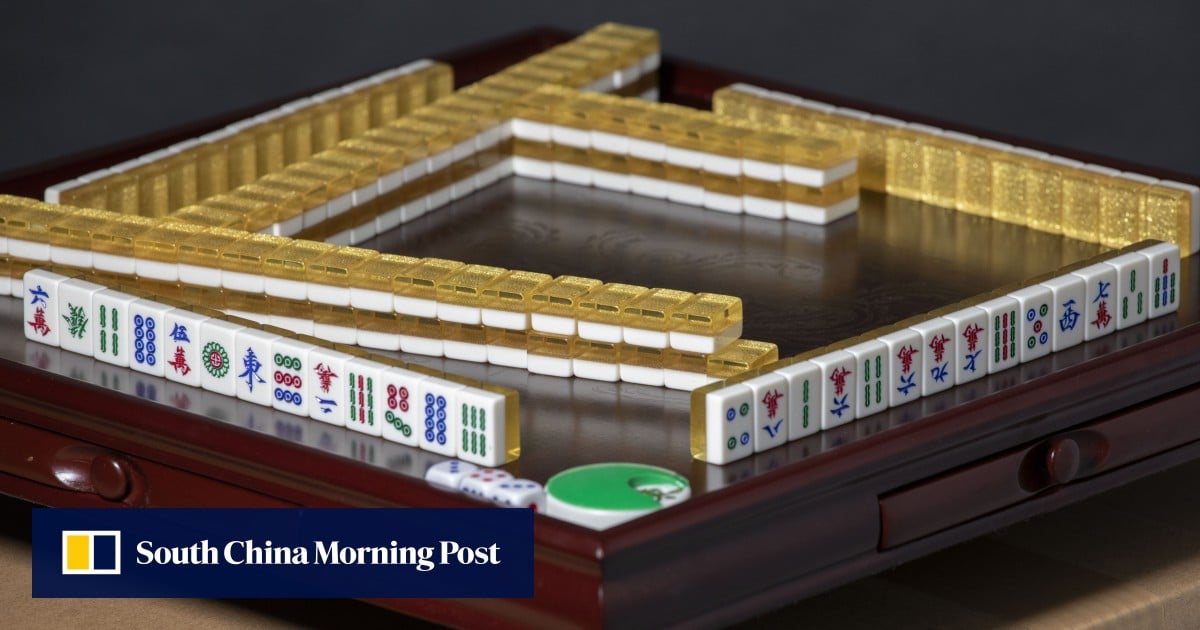Carib Carnival
1972 - Painting (Painting)
70.5 x 121 cm
Aubrey Williams
Carib Carnival illustrates Aubrey Willams’s unique artistic language, combining Pre-Columbian iconography with abstraction. A series of abstracted shapes that resemble bones, masks and serpent-like images surrounded by fiery vapors and gases, illustrate the destruction of culture as one of the predominant themes of Williams’s work. He considered the Mayan and Aztec cultures to exemplify a number of present-day faults; according to Williams they developed technologies that would eventually lead to their own destruction. Williams melds a combination of Gorky and German Expressionsim with his West African heritage, painting what he characterized as “the smell of old blood … the smell of the presence of the conquistadors. It’s the smell of loss, and replacement with lesser than what was destroyed. It’s equality coming out of forced change, a displacement of identity, violation and yet new growth asserting itself.” Williams’s work thus looks at the world from a Guyanese perspective with a strong sense of his African heritage, as well as the destructiveness of European culture. Carib Carnival , while perhaps celebrating the frenzy of carnival, brings to the fore the idea of destruction of civilizations, the destruction by civilizations and an African holocaust. It is a bonfire of civilizations out of which something might rise. There is another image hidden within the work, a bound, reclining figure, perhaps a reference to the rapacious behavior of imperial colonizers and the auto-da-fé. Painted the year of Carifesta , the first Pan-African Festival of the Arts that involved Williams, and that of the end of the Caribbean Artists Movement as a group, Carib Carnival invokes the timeline of a gathering for cultural recognition and independent creativity.
Aubrey Williams was one of the founding members of the Caribbean Artists Movement, formed in the 1960s in the United Kingdom, after settling there in the early 1950s. Brought up in Guyana, he attended the Working People’s Art Class (WPAC), the first official art institution in the country. As a trained agronomist, Williams worked in the field with the Warrau tribe during British colonization. The experience of living in the jungle with the Warrau deeply impacted his artistic vocabulary. Arriving in London in 1952 as part of the Windrush generation, Williams went to St Martin’s School of Art and was exposed to the German Expressionists at Marlborough Gallery and the Abstract Expressionists at the Tate and Whitechapel Galleries. While his early exhibitions were greeted with interest, he was soon marginalized by critics and art historians. It was only in 1989, when a series of his works were shown as part of the exhibition The Other Story at the Hayward Gallery that he and his fellow black artists emerged from the shadows of a discriminatory history. Williams is now regarded as one of the most important British artists of his generation. His paintings resonate with his own culture while also engaging with the Western gaze and its terminology of modernism.
Colors:
Related works sharing similar palette
» see more

© » ARTS EQUATOR
Veteran Artists Team Up with Younger Generation at ‘Wild Eye’ Exhibition (via The Irrawady) | ArtsEquator Thinking and Talking about Arts and Culture in Southeast Asia Articles September 12, 2018 YANGON — Veteran modernists and younger generations have teamed up to exhibit their works together in Yangon...

© » KADIST
Li Binyuan
2014Freedom Farming presents how, after being given the right of farming, Li Binyuan began to re-dig his land...
Related works found in the same semantic group
» see more

© » KADIST
Sara Eliassen
2014Sara Eliassen’s video work A Blank Slate (2014) employs cinematic effect to investigate the relationships between subjectivity, gaze, and memory...

© » KADIST
Maria Fernanda Plata
2015Unraveling, or “unweaving” sections of fabric, Maria Fernanda Plata arrived at delicate and tenuous-looking forms, both ghostly and gentle...




